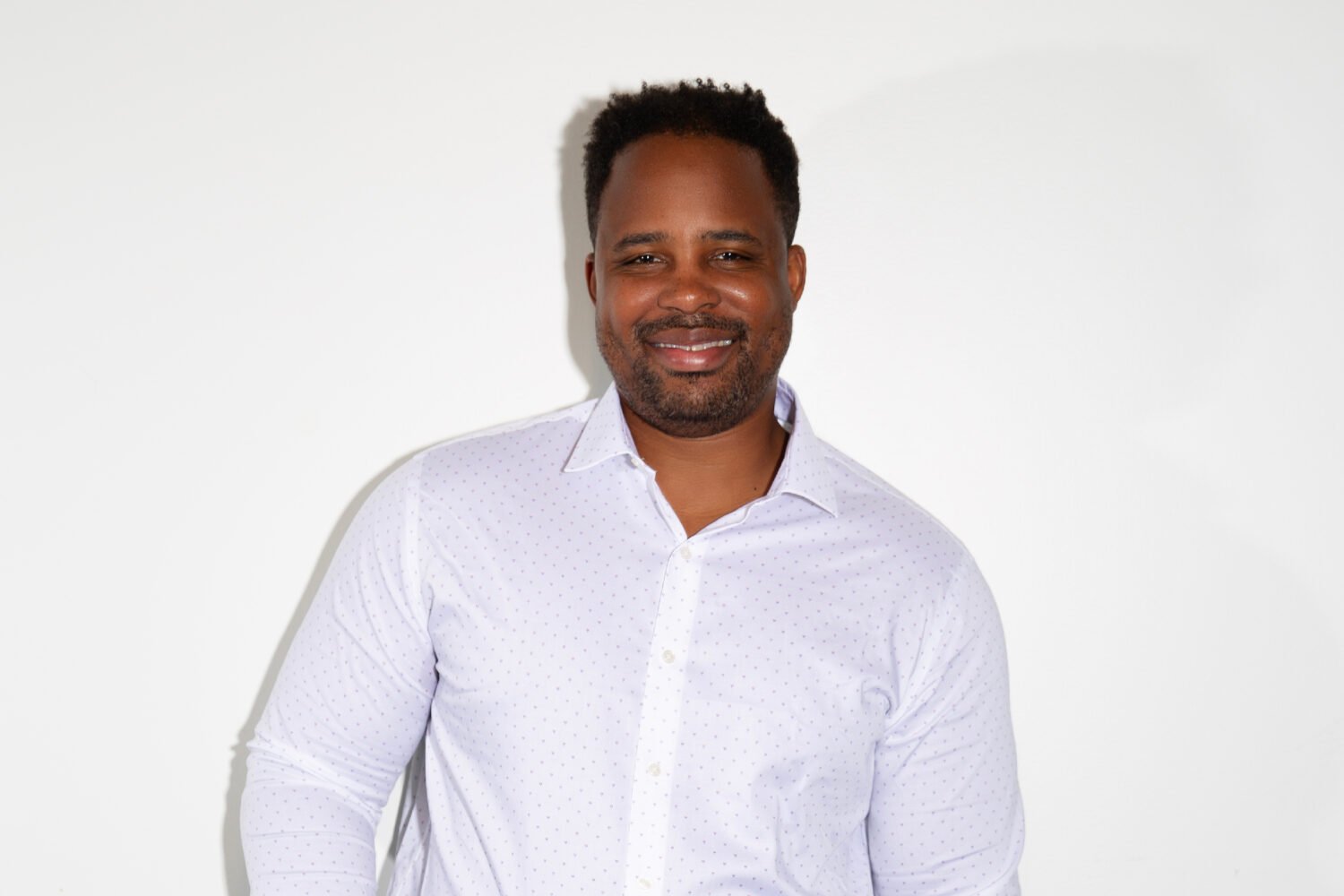When orchestras appoint new music directors, they tend to do one of two things: hire a new guy who’s just like the old guy, or hire a new guy who’s the opposite of the old guy.
The region’s two major orchestras, the National Symphony and the Baltimore Symphony, always do the second of these. Oddly, they are perpetually out of sync with each other—each orchestra’s new guy is like the other one’s old guy.
The National Symphony Orchestra has named Iván Fischer, a Hungarian, as principal conductor to succeed Leonard Slatkin, who’s been music director since 1996 and departs next year. Fischer, the NSO’s principal guest conductor since 2006, is said to have turned down the NSO’s music directorship because of his commitment to his own Budapest Festival Orchestra. Still, he will be the NSO’s principal conductor through the 2009–10 season—and it’s not coincidence that he is Slatkin’s opposite.
When Slatkin, then 50, was appointed music director designate in 1994, he was the youthful, energetic American conductor who would fix the NSO’s problems—dwindling attendance, rising deficits, too many performances of European repertory, and too few performances of contemporary American pieces. This was a reaction to what had been created by the former director, the Russian cellist turned conductor Mstislav Rostropovich, who had held the job since 1977.
While a great musician, Rostropovich—who died in April—conducted non-Russian repertory like a gifted amateur; his insecurity often made the NSO sound like an unruly mob. And it was clear that Rostropovich’s loyalties remained European; he visited Washington to conduct the orchestra but spent most of his time in other cities, primarily Paris. After 17 years as an American music director, he spoke little English, seemed unconcerned about making himself accessible to audiences, and showed little interest in living American composers.
Slatkin, by contrast, was a conductor with a wide repertory and a sure technique; he seemed as happy to see an audience as an auto salesman to see a customer walk into the showroom; and he was sympathetic to American music.
Now Fischer—a European whose bald pate makes him look Rostropovichian—is being brought in in hopes that his old-fashioned musical integrity will fix the problems—dwindling attendance, rising deficits, too many performances of new American pieces that audiences didn’t like and too few of the traditional repertory they did like—attributed to Slatkin. Listeners complained about Slatkin’s sometimes slipshod readings of traditional European repertory, his attention to contemporary American works that were deemed superficial, and his voluble addresses about the music, which audiences appeared to like even less than the music.
Slatkin tried to be accessible, even hip. There was his 60th-birthday concert back in September 2004, in which, as Washington Post music critic Tim Page observed, “a specially composed piece . . . called on Slatkin to wear a pointed birthday cap, bounce a ball around the stage and whirl around a noisemaker.”
At the Baltimore Symphony Orchestra, which repeats most of its classical programs at North Bethesda’s Music Center at Strathmore, the change in music directors has been even more dramatic. The new guy’s not only different from the old guy; he’s a she.
Marin Alsop, who officially takes over as the BSO’s music director in September, differs from her predecessor, Russian conductor Yuri Temirkanov, in just about every way. Except that Temirkanov speaks limited English—Fischer speaks it fluently—the 68-year-old Russian is musically a somewhat older version of Fischer. Temirkanov was somewhat remote; even if he had been comfortable speaking English, he never would have addressed an audience during a concert. And his musically aristocratic European values and dedication to the 19th-century repertory created problems that Alsop—an energetic, youthful American who enjoys talking to audiences—has been brought in to solve.
Alsop is in some respects a double of David Zinman, Temirkanov’s predecessor, whose youthful, energetic American style created the problems that Temirkanov’s arrival was supposed to solve. Zinman conducted even more American music than Slatkin—much of it more adventurous. He had a genius for speaking to audiences. His conducting technique was superior to Alsop’s and easily equal to Slatkin’s, and his musical depth was superior to either’s.
Accessibility? Slatkin might have been willing to wear a pointed birthday cap; Zinman dressed up as a red devil for a Halloween program.
The lesson may be this: American orchestras below the level of the Big Five—Boston, New York, Philadelphia, Cleveland, and Chicago—plus perhaps San Francisco and Los Angeles are desperate to survive and therefore always look for the quick fix. Which usually is to do something different. Of course, that’s exactly the thinking that got the last conductor hired.
The top orchestras tend to adopt the first of the two strategies mentioned at the beginning of this article. They like to hire a new guy who’s got many of the virtues of the old guy. That stands to reason because nothing succeeds like success.
















